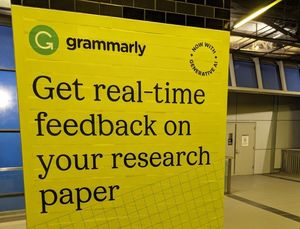Metadata crosswalks are becoming more important as more data flows from application to application. We have been working on this issue and the approach was described a while ago in the Code4Lib Journal.
This paper discusses an approach and set of tools for translating bibliographic metadata from one format to another. A computational model is proposed to formalize the notion of a ‘crosswalk’. The translation process separates semantics from syntax, and specifies a crosswalk as machine executable translation files which are focused on assertions of element equivalence and are closely associated with the underlying intellectual analysis of metadata translation. A data model developed by the authors called Morfrom serves as an internal generic metadata format. Translation logic is written in an XML scripting language designed by the authors called the Semantic Equivalence Expression Language (Seel). These techniques have been built into an OCLC software toolkit to manage large and diverse collections of metadata records, called the Crosswalk Web Service. [The Code4Lib Journal – Toward element-level interoperability in bibliographic metadata]
This work is used internally by OCLC as we manage more streams of metadata. A demonstration web service has also now been made publicly available. There is not much to look at unless you are a machine 😉



